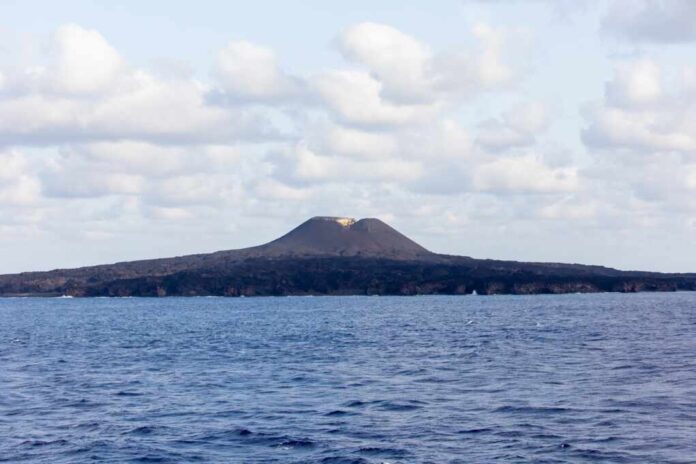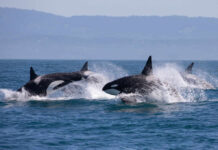
As a new volcanic eruption wipes Nishinoshima clean yet again, scientists eagerly study its barren landscape, seeking insights into life’s beginnings.
Story Highlights
- Repeated eruptions on Nishinoshima create a unique natural laboratory for studying ecological succession.
- The island’s remote location allows for minimal human interference, enhancing scientific observations.
- Current eruptions since 2022 have expanded the island significantly, offering fresh research opportunities.
- The ongoing volcanic activity poses no direct economic or social impact but boosts scientific knowledge.
Nishinoshima’s Volcanic Activity: A Scientific Bonanza
Nishinoshima, a volcanic island in Japan’s Ogasawara archipelago, offers scientists a rare glimpse into ecological succession following repeated volcanic eruptions. Since its first recorded eruption in 1973-74, the island has undergone several major eruptive phases, the latest beginning in 2022. These eruptions erase existing ecosystems, creating a blank slate for life to start anew. Researchers are particularly interested in how quickly and in what sequence life returns, providing invaluable insights into the processes that may have shaped early Earth.
The Japan Meteorological Agency (JMA) and the Japan Coast Guard play crucial roles in monitoring this dynamic environment. They ensure public safety and provide the scientific community with up-to-date volcanic activity data. Their efforts allow international researchers to study the island’s rapid geological and ecological changes without direct interference. This collaborative approach is key in advancing our understanding of island biogeography and the mechanisms underlying life’s colonization of new land.
Watch: This Japanese Island Broke Google Maps…
Scientific Significance and Global Impact
The continuous volcanic activity on Nishinoshima has expanded the island to approximately 2.46–2.9 km². With each eruption, scientists observe the “resetting” of life, studying primary succession in real-time. This unique opportunity provides a natural laboratory to test theories about life’s resilience and adaptability. The implications extend beyond Nishinoshima, offering models for understanding planetary science and astrobiology. Despite its isolation, the island’s research enhances global scientific knowledge and provides insights applicable to other volcanic islands and potentially to extraterrestrial environments.
While the economic impact is minimal due to the island’s uninhabited nature, the scientific community benefits greatly. Advances in remote sensing and ecological monitoring technology are tested and refined in this setting, contributing to broader applications in environmental science. Furthermore, the findings from Nishinoshima bolster Japan’s reputation as a leader in geological and ecological research.
Looking Ahead: Opportunities and Challenges
As Nishinoshima continues to grow and evolve, scientists face the challenge of accessing real-time data safely. The Japanese government has instituted strict exclusion zones to ensure safety while allowing scientific teams to conduct remote monitoring and periodic fieldwork. These efforts are crucial in capturing the fast-paced ecological changes that occur following each volcanic event. Researchers aim to apply findings from Nishinoshima to broader ecological and evolutionary theories, potentially unlocking secrets of life’s origins on Earth and beyond.
Despite the challenges posed by its remote location and volatile nature, Nishinoshima remains a focal point for scientific discovery. As new data emerges, the international scientific community eagerly anticipates the insights that this dynamic island will continue to provide.
Sources:
Japan Meteorological Agency official reports
Peer-reviewed research in Frontiers in Earth Science
Wikipedia
Global Volcanism Program database

























